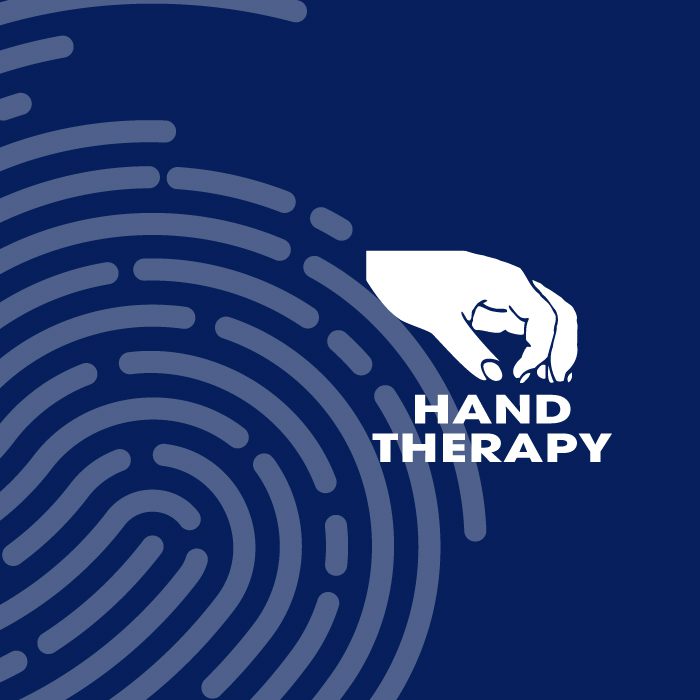The extensor tendon on the back of a finger is a delicate and complex structure. The tendon divides into a central slip and two lateral bands. Working together, normally these would straighten the finger.
A Boutonniere deformity arises when there is a rupture of the central slip. This is a relatively uncommon sporting injury – caused by a sudden, forced bending at the PIP joint (e.g., finger hit by ball, or falling onto bent finger), or can be caused if the top of the finger is cut. Central slip disruption results in the development of bending at the PIP joint and hyperextension at the DIP or end joint of the finger. This deformity may not be immediate, and so often the severity of the injury is not initially recognised. The lateral bands of the tendon gradually slide sideways around the finger. When they drop below the centre of rotation of the PIP joint, they act to bend this joint rather than straighten it. If the deformity is present for some time this bend may become fixed, and then becomes more difficult to correct.
Treatment aims to correct deformity and allow healing. This is achieved by:
- Gaining full straightening at the PIP joint. If the bent position has become fixed, this requires prolonged stretching. Heating, massage, and serial finger casts can help to achieve this.
- Regular exercises bending the DIP joint while holding the PIP joint straight. This regains movement at the DIP joint and acts to lift the lateral bands back into a sound position. This exercise moves the lateral bands of the tendon above the centre of rotation of the PIP joint and restores their function into ‘straighteners’ rather than ‘benders’ of this joint.
- Allowing the central slip to heal. This requires a period of immobilisation with the PIP joint held completely straight for 6 weeks. Intermittent splinting may continue for up to 12 weeks. During this time, the injury will require regular review by the hand therapist who will make the splints and provides advice on exercises.
- Surgery. If surgery is required and due to the delicate nature of the extensor mechanism, joint stiffness following surgery is often a problem. Hand therapists follow a specific post-operative programme (in collaboration with the surgeon’s instructions) to address stiffness/adhesions and restore function.
If you have a finger injury, it is important to get the finger assessed and a diagnosis made to ensure the injury is being managed correctly.
Please phone 03 3559775 or use the Contact Us page on our website www.merivalehandclinic.co.nz




